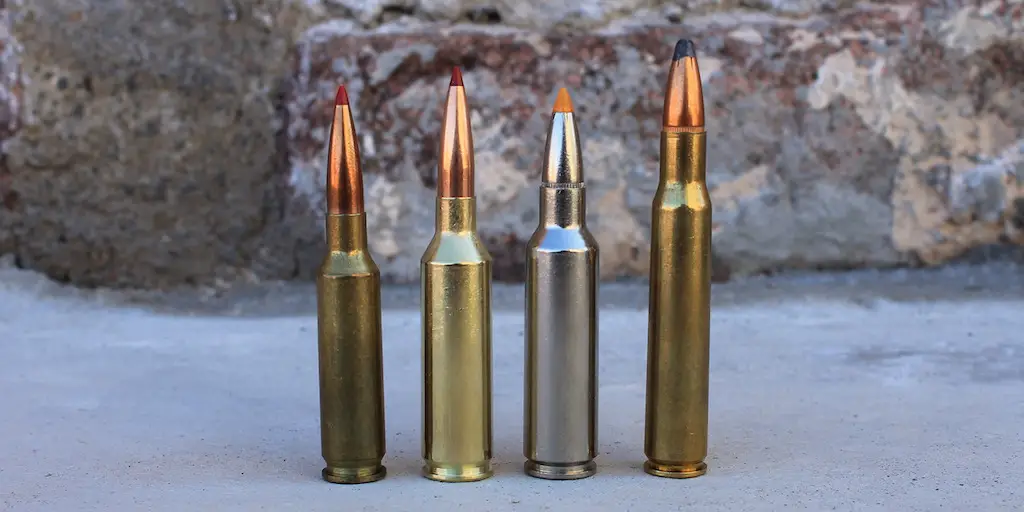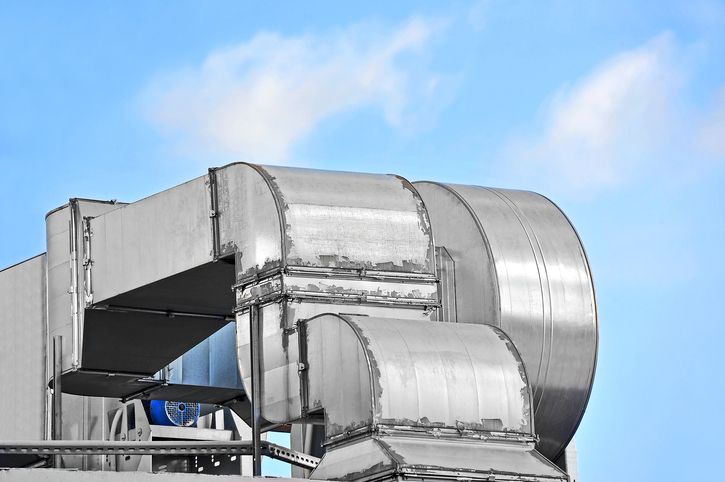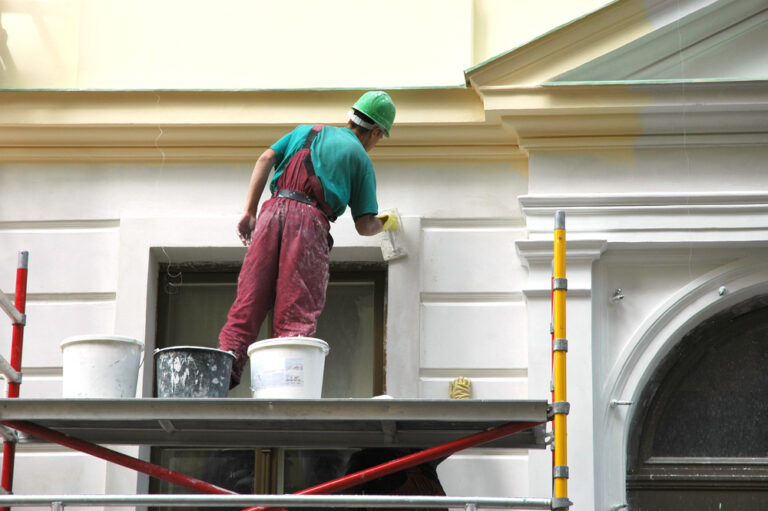The Ultimate Guide to Reloading 6.5Creedmoor Brass for Precision Shooting
Did you know that the global shooting market size is projected to touch $6667.14 million by 2031?
Precision shooting is a highly popular sport that requires skill, patience, and precision. One of the most important aspects of precision shooting is reloading brass casings.
In recent years, 6.5 Creedmoor brass has emerged as one of the most popular cartridges due to its high accuracy and low recoil. If you’re new or looking to improve your shooting skills, learning how to reload this type of ammo is an essential skill to master.
In this guide, we’ll take you through the entire process of reloading 6.5 Creedmoor. Read on to learn more.
Choose the Right Brass
Brass casings are the foundation of your ammunition. It can affect accuracy and performance. You want to choose brass from a reputable manufacturer with consistent dimensions and quality control.
Here are some factors to consider:
Brand
Some popular brands for 6.5mm creedmoor brass include Lapua, Hornady, and Nosler. These brands have a reputation for producing high-quality brass. They can withstand multiple reloads without compromising performance.
Primer Pockets and Flash Holes
Primer pockets and flash holes are critical elements of brass casings. It’s essential to check these areas for any deformities or inconsistencies before reloading.
You can use a primer pocket uniformer and flash hole reamer. This is to ensure uniformity and remove any burrs or debris.
Case Length
Case length is another factor to consider when choosing brass casings. The ideal case length for a 6.5 Creedmoor rifle is 1.920 inches. You can trim it down to fine-tune your ammo’s accuracy and consistency.
Case Capacity
Case capacity refers to the amount of powder a casing can hold. More case capacity means more room for powder. This translates to higher muzzle velocity.
However, keep in mind that too much powder can also affect accuracy. It’s best to stick to recommended loads and gradually work your way up for optimal performance.
Case Preparation
After choosing the right brass, you’ll need to prepare it for reloading. Here are some essential steps to follow:
Clean the Brass
Cleaning your brass is crucial before any reloading. It removes any dirt, debris, or carbon build-up that can affect your ammo’s performance. You can use a tumbler or ultrasonic cleaner for this process.
Make sure to dry the brass thoroughly before proceeding with the next step. This is to avoid any moisture that can cause corrosion.
Resize and Deprime
Resizing your brass is a crucial step in case preparation. It ensures that your casing fits properly into your rifle’s chamber. You can use a full-length sizer or neck sizer die, depending on your reloading needs.
Depriming removes the spent primer from the casing and creates space for a new one. You can use a universal depriming die or a decapping pin.
Trim the Case
If your brass is longer than the recommended case length, you’ll need to trim it down for optimal performance. You can use a case trimmer for this process and ensure that all cases are of uniform length.
Ensure to chamfer and deburr the case mouth after trimming. This creates a smooth entrance for bullets during reloading.
Measure and Sort the Brass
Measuring and sorting your brass is crucial for consistency in reloading. Here are some steps to follow:
Measure the Case Head Diameter
The case head diameter should be measured using a micrometer or caliper. This ensures that all cases have consistent dimensions.
You can sort out any cases with significant variations to avoid potential issues. Doing this also helps you determine the optimal sizing die for your brass.
Sort by Weight
Sorting by weight is another way to ensure consistency. You can sort your brass using a digital scale and group them into batches with similar weights.
This ensures uniform powder charges for each round. It also helps improve accuracy and reduce velocity variations.
Assembling Your Rounds
Now that your brass is ready, it’s time to assemble your rounds. Here are the steps to follow:
Prime the Casing
The first step is to prime your casing with a new primer. You can use a hand priming tool or a press-mounted priming tool for this process.
Ensure that the primer is seated correctly and not too high or low. This will affect the ignition and performance of your ammo.
Charge the Casing
After priming, it’s time to add powder to your casing. You can use a scale and funnel for this process. Make sure to weigh each charge accurately for consistent performance.
Also, be careful not to spill any powder as it can affect accuracy. Make sure to clean up any spills immediately.
Seat the Bullet
The final step is to seat the bullet onto the casing. You can use a seating die for this process, and adjust it according to your desired overall length. Make sure that the bullet is seated straight and not too deep or shallow.
Moreover, it’s important to note that the pressure applied when seating the bullet can affect accuracy. Make sure to use consistent and controlled pressure for optimal results.
Quality Check and Testing
After assembling your 6.5 Creedmoor ballistics, it’s crucial to perform a quality check and testing before heading to the range. Here are some essential steps:
Check for Consistency
Check your loaded rounds for any variations or defects. This includes case length, overall length, primer seating depth, and powder charge weight. Make sure that all rounds meet your desired specifications.
Start with a Low Load
It’s always recommended to start with a low load and gradually work your way up. This allows you to test for accuracy, pressure, and potential issues before using a full load.
Test at Different Distances
Lastly, it’s essential to test your ammo at different distances to determine its accuracy and consistency. This will help you fine-tune your reloads for optimal performance.
Reloading a 6.5 Creedmoor Brass Confidently
Reloading 6.5 Creedmoor brass is a crucial skill for precision shooting enthusiasts. It allows you to tailor your ammo to your rifle and achieve consistent, accurate results. By following these steps, you can improve your shooting skills and excel in the sport of precision shooting.
Keep in mind that safety is the number one priority when it comes to reloading. Always follow recommended loads and use proper safety equipment. With practice and patience, you can become a skilled reloader and take your shooting to the next level.
If you’d like to learn more, check out the rest of our website!






